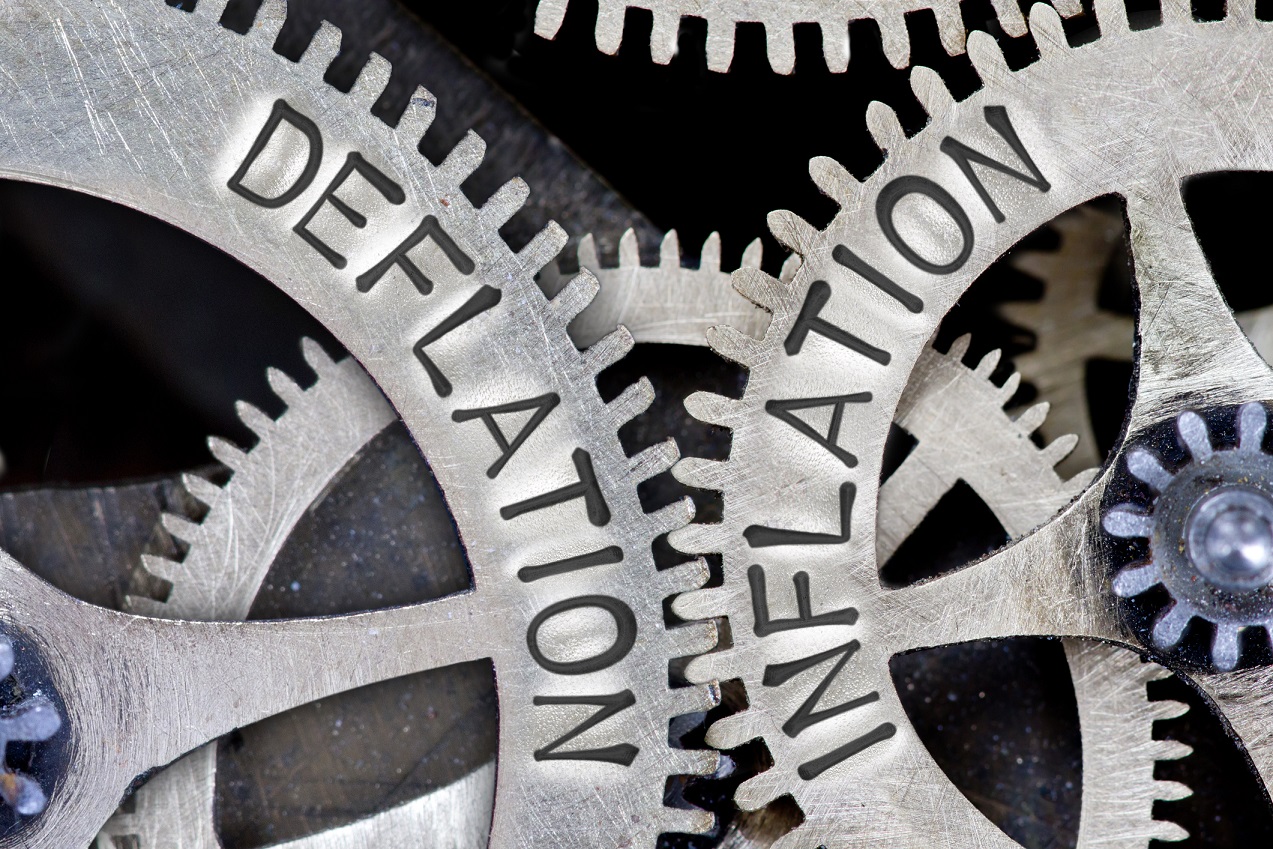
- Article
- Macroeconomics, Economic Policy
Inflation or Deflation? A Look at the Post-Pandemic Economy
May 7, 2020
Inflation has become a distant memory for most of the industrial world, and Japan is still struggling to overcome a “deflationary mindset.” Takero Doi raises the possibility, though, of a return to inflation in the aftermath of the coronavirus crisis.
* * *
Preventing the spread of the coronavirus and keeping the economy from collapsing should be our immediate policy priorities. But we also need to keep our sights on the future, for the actions we take now will have significant consequences in the post-COVID world.
A key question that will determine the kind of measures we adopt today is the expected level of inflation in the world’s major economies once the pandemic has subsided. Will deflation continue in the aftermath of the crisis? Or will the dynamic shift toward inflation?
On April 7, the cabinet of Prime Minister Shinzo Abe approved an emergency relief package (revised on April 20) to soften the economic impact of the epidemic. The effectiveness of those measures will hinge on the basic nature of the “coronavirus shock” and how the economy responds to that shock. Although it may not be possible to predict the outcome with certainty, we should at least consider all plausible scenarios.
Demand Shock or Supply Shock?
The basic question we need to ask ourselves is whether the economic shock of the COVID-19 epidemic is predominantly a “negative demand shock,” like that precipitated by the Wall Street crash of 1929, or a “negative supply shock,” similar to that experienced by Japan and Europe in the aftermath of World War II.
There is certainly a case to be made for treating it as a demand shock. Consumption has plummeted as people have been stuck at home. The resulting slowdown in business activity calls to mind the Great Recession brought on by the demand shock of the 2008 global financial crisis. At present, most observers seem inclined to view the coronavirus crisis similarly, as a negative demand shock.
However, unlike the 2008 crisis, the current situation also exhibits aspects of a negative supply shock. Production and distribution facilities around the world have had to curtail or shut down operations in response to government guidelines and orders, as well as localized outbreaks, disrupting global supply chains. Curbs on air travel have also slowed the movement of goods, since airliners carry cargo as well as passengers.
During the global recession of 2008–09, consumers were unable to buy what they wanted because of dwindling incomes, and producers could not sell what they wanted owing to a lack of demand. This time, the situation is more complicated. In the hotel industry, for example, we see depressed demand and oversupply as a result of travel restrictions and stay-at-home orders. At the same time, producers and suppliers have been unable to meet the demand for products like face masks and disinfectant, designed to prevent the spread of infection, with the result that prices have shot up. Whether the post-coronavirus economy behaves in an inflationary or deflationary manner will depend on which of these constraints acts more strongly on the economy as a whole.
Lessons from World War II
If demand constraints predominate, we would expect a business slump. In the case of a demand shock on the order of the 2008 financial crisis, the slump could turn into a severe and protracted recession.
In 1938, as the Great Depression wore on, American economist Alvin Hansen presented a paper forecasting a bleak future for the US economy. As he saw it, the crash of 1929 had ushered in an era of chronically low demand and slow growth, a phenomenon he dubbed “secular stagnation.” In 2013, Harvard University Professor Lawrence Summers theorized that secular stagnation was responsible for the lackluster performance of the world economy in the wake of the Great Recession of 2008–09. A consensus on the issue has yet to emerge among economists.
Hansen’s grim predictions regarding the American economy did not come to pass due to the outbreak of World War II. After the war, the United States—its infrastructure largely intact—entered a period of rapid economic growth. The rest of the world was not so fortunate. The aerial bombings that played such a pivotal role in World War II decimated many countries’ supply capacity. Inflation set in worldwide, but it was particularly severe in situations where the government started printing money to cover its expenses. An additional factor was the pent-up impulse to spend and invest that was unleashed when the war ended. Demand was rising at a time of harsh constraints on demand. Such a situation naturally leads to soaring prices.
A Need for Vigilance
The coronavirus has not caused the kind of physical destruction seen in World War II. On the other hand, global supply chains have broken down. Compared with physical infrastructure these supply chains should be relatively easy to restore once the public health crisis is under control—providing the situation does not continue too long. If it does drag on, producers and other employers affected by the crisis may begin suspending and terminating employment contracts. In that case, it could take time to ramp up supply again.
If such constraints on supply act more strongly on the overall economy than the negative demand factors in the immediate aftermath of the epidemic, then inflation could indeed take hold. If that happens, fiscal outlays intended to stimulate spending on things like tourism and restaurant dining are likely to exacerbate the situation.
Will the coronavirus impact the economy in the same manner as the 1929 crash by suppressing demand? Or will it turn out to be a supply shock like World War II? The verdict is still out. The government needs to keep close watch on the economic indicators while sparing no effort to bring the epidemic under control.

